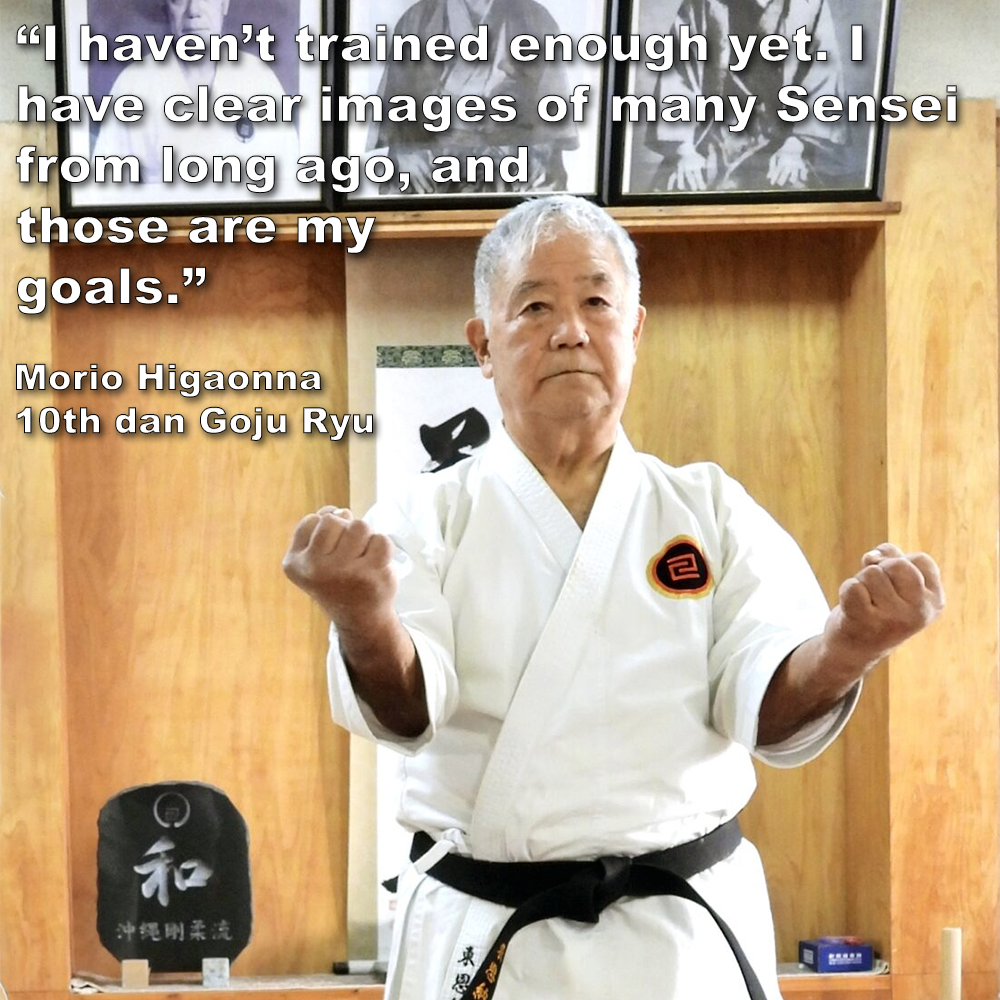
(2 minute 17 second read)
We shouldn’t just do martial arts; we should contemplate them deeply. Keiko (稽古) often translated as “practice”, has two kanji, the first Kei (稽) meaning ‘to think or to consider’. The second, ko (古) means ‘old’.
.
When we perform keiko, we are refining and considering the things that came before us; the teachings. We are practicing, taught something that has come before us, copy it, then reflect on it. We look at the past and think of what we should do, to consider what came before. This is keiko.
.
The martial arts ignite a fire in many people with a promise of self-improvement and mastery. The initial spark fuels a vow to train relentlessly, but reality can be a harsh teacher.
.
Life’s demands, such as work, family, commitments – chip away at that initial enthusiasm. This is where the true test begins. The martial arts aren’t about shortcuts; it’s about self-discipline. It’s not a fleeting thought, but a way of life.
.
Imagine your training as a series of milestones, steadily guiding you on your journey. Each lesson, a valuable marker, adds to your knowledge and reinforces the responsibility to retain and refine your skills.
.
You should always practice outside the dojo. Reinforce the techniques, drills and kata you have been shown by your instructor in the dojo. There are so many things you can do.
.
This paves the way for solo practice, “Hitori Keiko” (一人稽古) – a dedicated space for self-improvement.
.
Hitori Keiko becomes a potent tool. It’s a space for self-reflection, a chance to confront the “I don’t want to” mentality, and cultivate the unwavering will to persist.
.
Modern life, with its constant distractions and demands on your time, can make regular training difficult.
.
Whether it’s the fatigue from a long day at work, or navigating crowded commutes, the allure of entertainment, maintaining your commitment can be a challenge.
.
However, carving out dedicated solo training sessions, even if brief, is crucial. Hitori Keiko becomes a powerful tool to overcome these obstacles.
.
It’s a chance to steal away precious moments. Every repetition, every focused breath, strengthens your resolve and keeps you moving forward on your path, reinforcing your commitment and reigniting your passion
.
Beyond technical prowess, the martial arts demand physical conditioning. A sedentary lifestyle won’t prepare you for the rigors of training. Supplemental exercises, whether with traditional tools or modern equipment, are crucial for building stamina and resilience.
.
The path to any kind of proficiency is paved with sacrifice and unwavering dedication. It’s a lifelong journey that requires brutal honesty.
.
Make training outside the dojo a habit, a routine not to be missed. Ask yourself why did you step onto the mat in the first place?
.
Reconnect with that initial spark, that burning desire that propelled you forward. Look to true masters like Morio Higaonna Sensei – a testament to consistent practice and a passion that burns as brightly as the day he began. His unwavering dedication embodies the essence of Hitori Keiko – a solitary pursuit that strengthens not just your body, but your spirit as well.
.
“I haven’t trained enough yet. I have clear images of many Sensei from long ago, and those are my goals.” – Morio Higaonna 10th dan Goju Ryu
